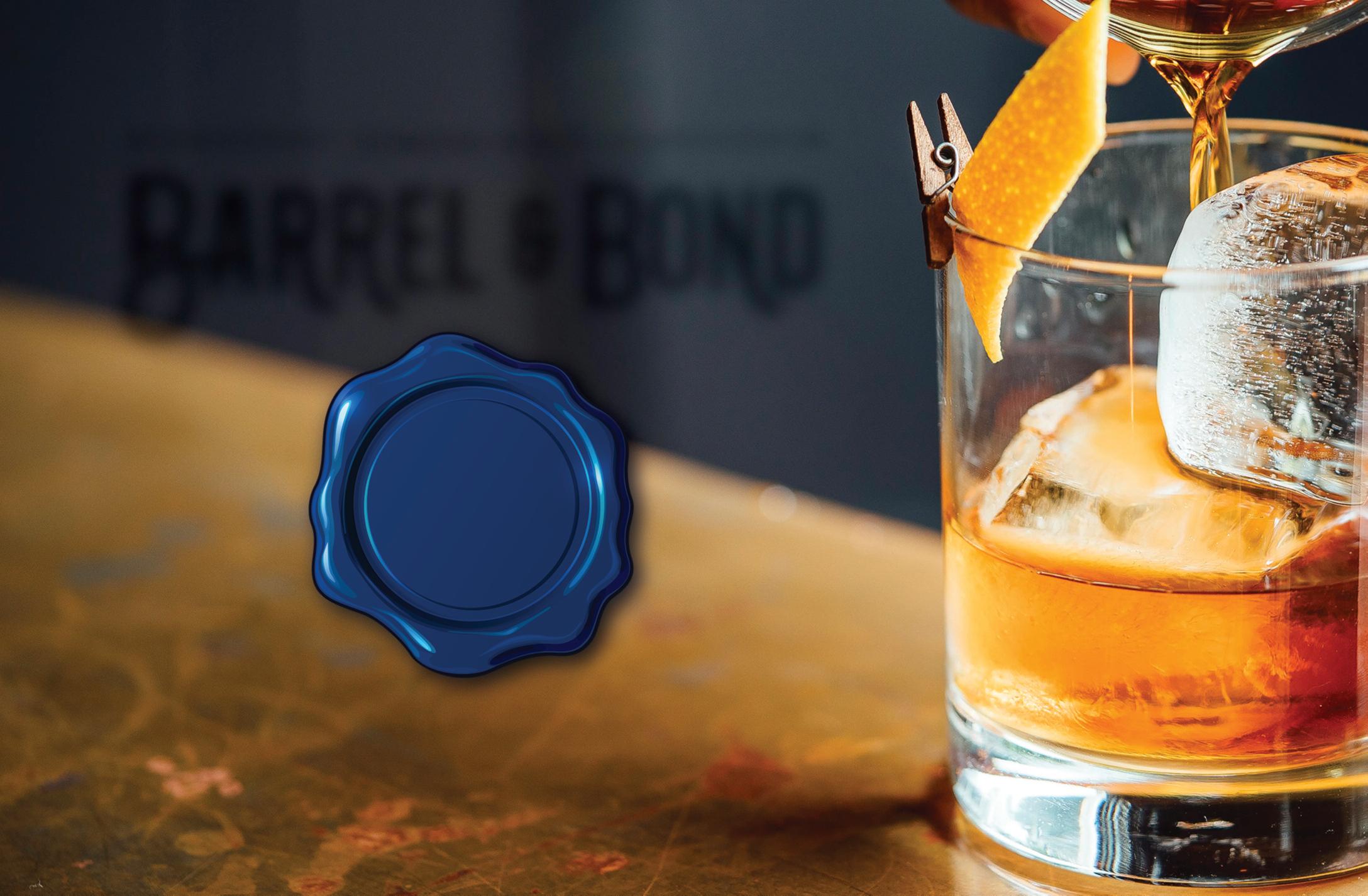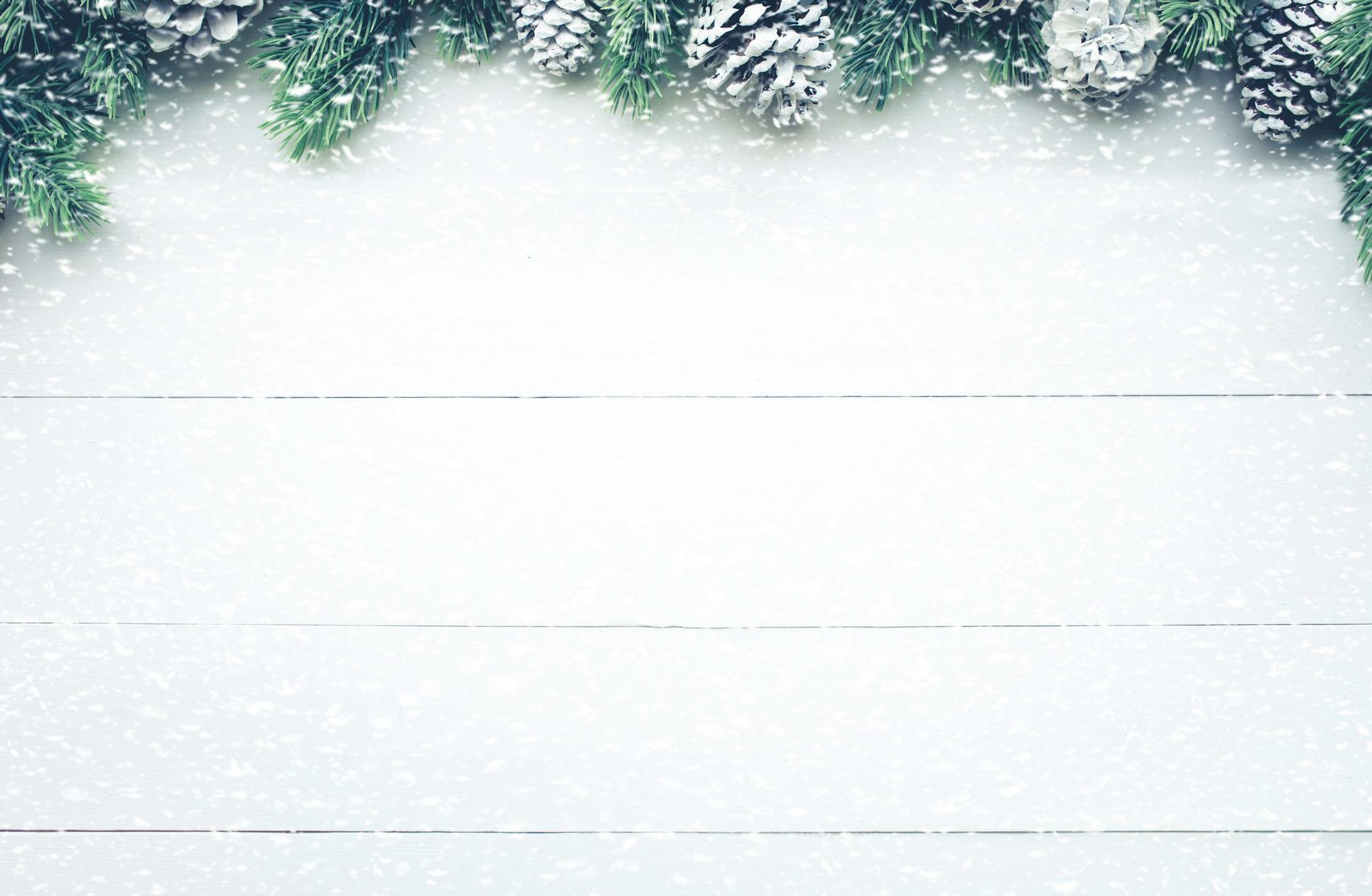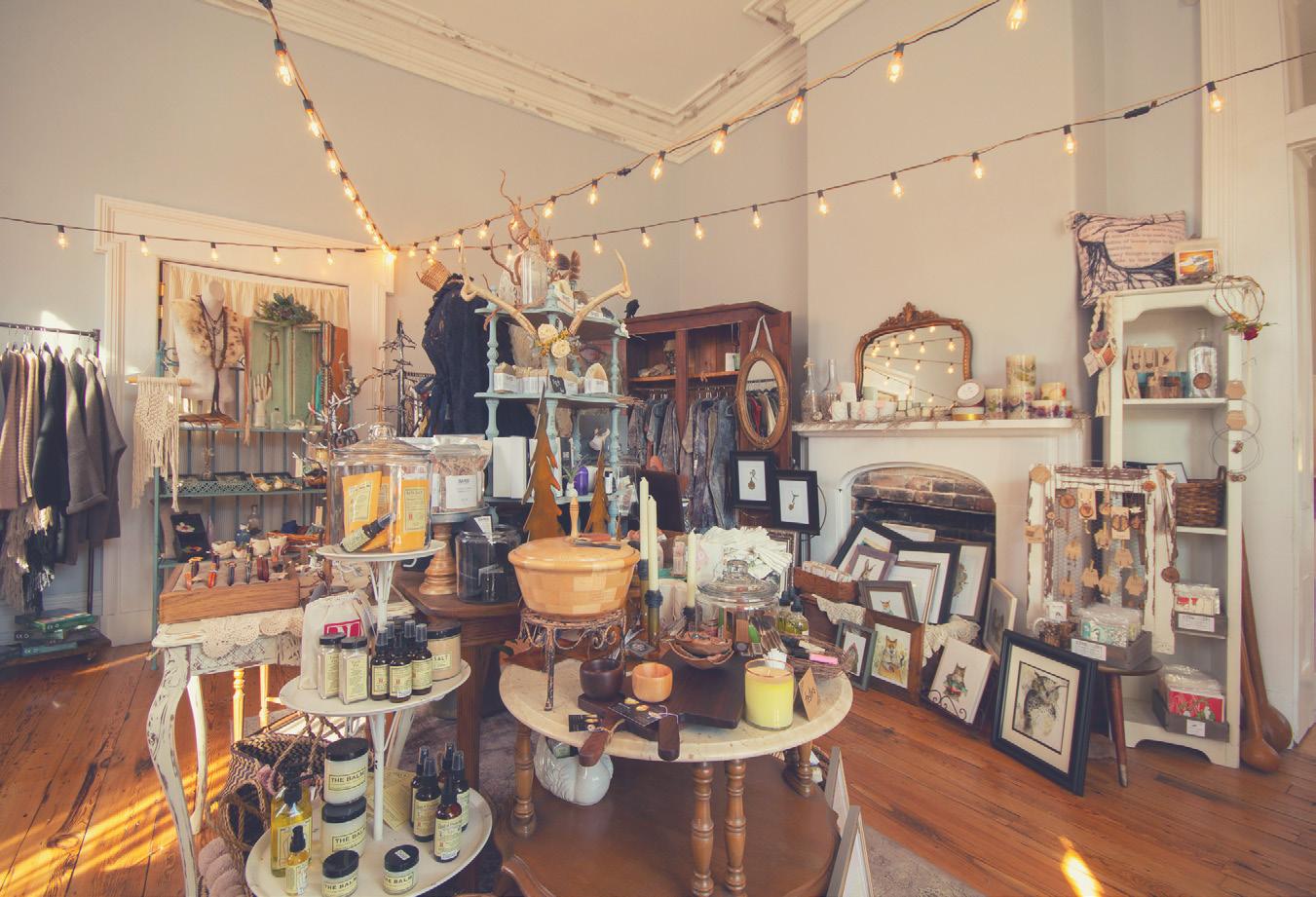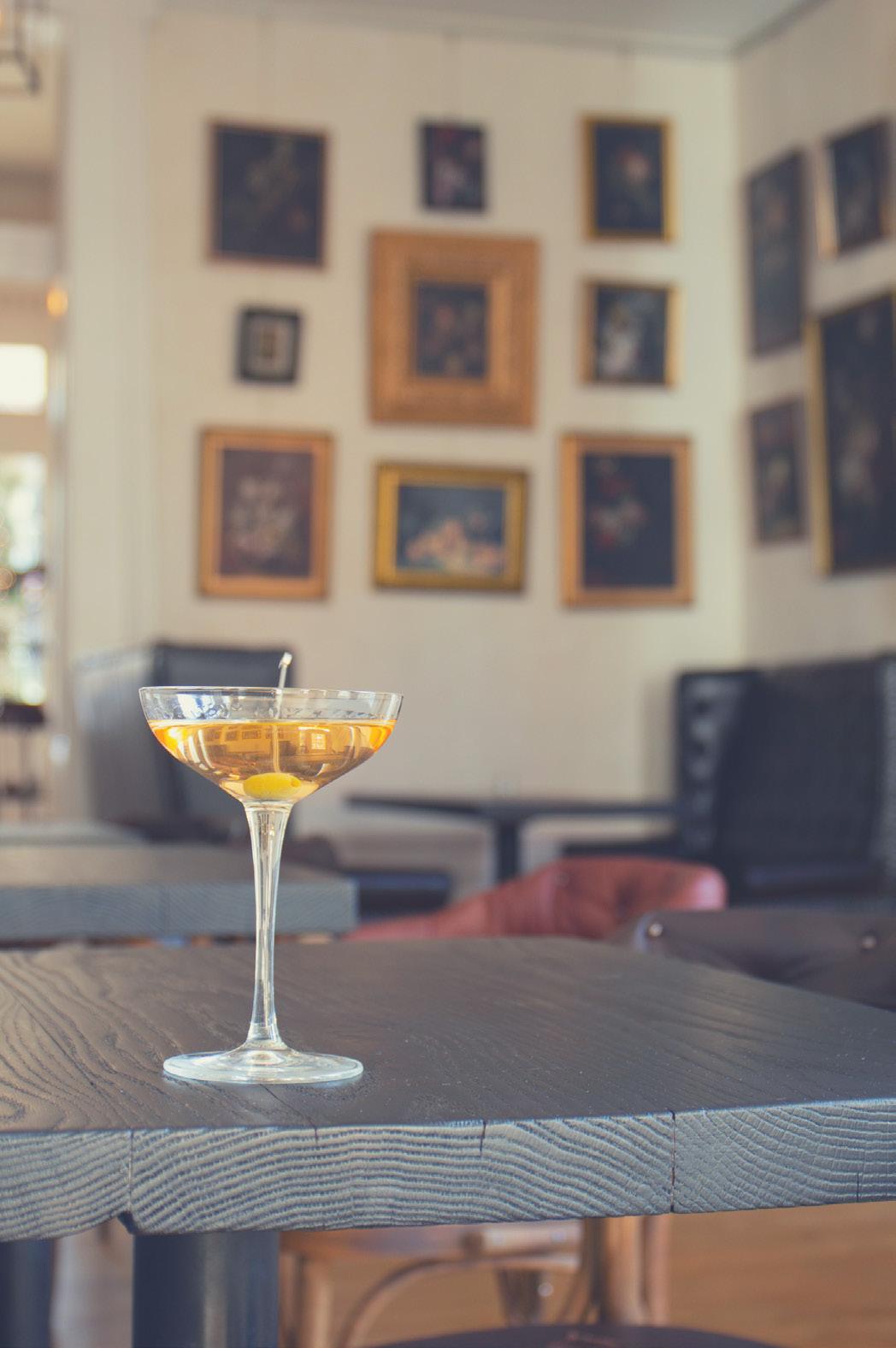
1 minute read
SAVING LOWER TOWN
air with music with her song “Lower Town Shuffle.”
In addition to purchasing individual properties, Walnut North, along with Dick Holland and Growth, Inc., ushered in a historic zoning ordinance. Then, Lower Town was designated as a historic district followed by a National Register of Historic Places designation. Every step leveraged more power and potential resources in their favor. It also set the entire area up for future success.
By the early 2000s, the neighborhood had been held together, and many homes were saved. Lower Town then needed another boost to carry it into the future. The Artist Relocation Program was a successful venture that brought new residents from around the world into the neighborhood. But if it had not been for the efforts of Walnut North and people like Bill and Nancy Black, Anne Gwinn, Dick Holland, and many others, there may have been no neighborhood to save.
“Bill saw 26 square blocks of what could be a wonderful neighborhood,” says Anne. “It was a big risk. The city had other things on its plate, and not many were interested in the thought of preservation, especially with that many houses.”
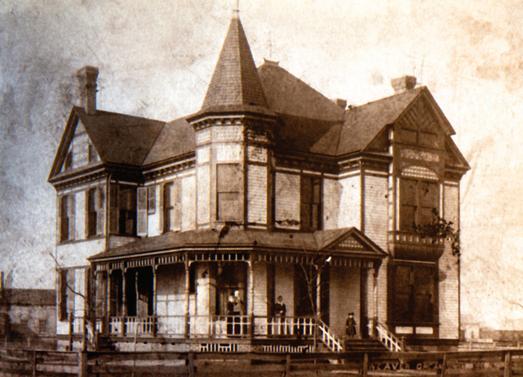

“I remember regular discussions every night in the house about this property or that property,” adds Will. “And with every one lost, it seemed like it took a little piece of dad’s soul.”
“But it was so much fun to just be there,” says Nancy. “We didn’t quite know what the outcome would be. And it was risky. But we wouldn’t have turned loose for anything. It was a total mixture of every kind of person there. It was magical. It was something that didn’t seem like it should have worked— but it did. We were all working together.”
Today, Lower Town is not only a neighborhood for many Paducah residents, it is a destination, a tourist attraction on the must-see Paducah list.


